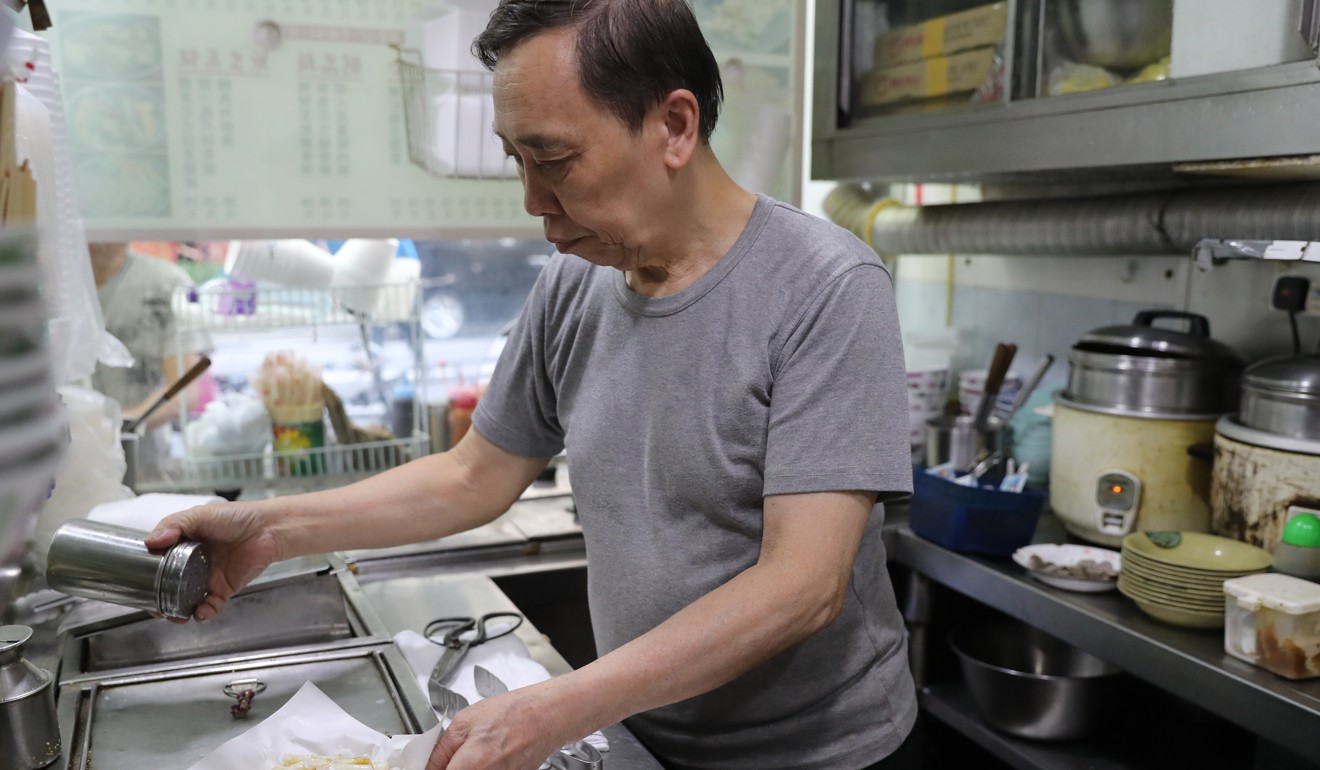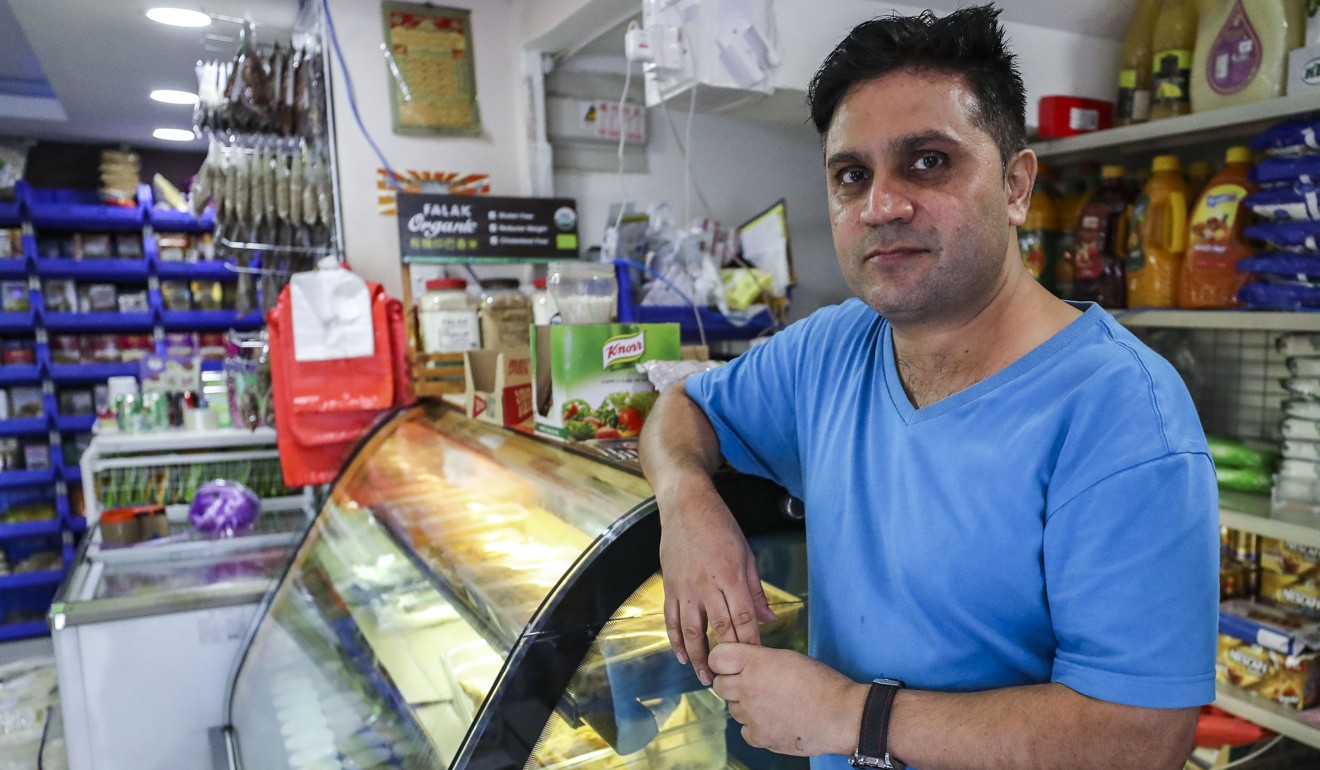
‘Business won’t grow as fast as rents’: small Hong Kong shops face hazy future near West Kowloon high-speed rail terminus
Area is tipped to be prime location for mainland companies looking for office space, while increased commuter flow may just be headed for airport
Tam Yee-kan sees a hazy future for the congee and dessert store he has operated for three decades at Ferry Point in Hong Kong.
The sole proprietor of Tong Shui Dong, which is just a stone’s throw from the new West Kowloon terminus of the cross-border rail link, is mixed about plans for the mega project to catapult the waterfront district into an upmarket residential and commercial area.
In West Kowloon, grim reality on the wrong side of the tracks
Before high-speed trains welcome the first of some 80,000 daily commuters to the state-of-the-art terminus on September 23, Tam was hit with a 25 per cent rise in rent when renewing his contract last year.
Blaming the rise on the West Kowloon development, Tam said his 475 sq ft store now costs about HK$50,000 monthly in rental, and is worth HK$20 million.

As he toiled about making rice noodle rolls or cheung fan in his tiny steaming kitchen, a resigned Tam said: “I am now effectively working for the landlord.
“The rail line doesn’t give me high hopes.”
The rail line doesn’t give me high hopes
The HK$84.4 billion (US$10.7 billion) Guangzhou-Shenzhen-Hong Kong Express Rail Link, which was plagued by a three-year delay and budget overruns of a third of the initial cost, is expected to further strengthen the city’s links to mainland China.
The optimism, however, is lost on West Kowloon shop owners such as Tam, who fear the mammoth project will threaten their small businesses.
Ticket sales for Hong Kong high-speed railway off to bumpy start
“Who knows if passengers will actually stay in the city [and spend on local goods and services] or go directly to the airport?” Tam said, referring to thousands of mainland commuters who cross the border to access flights worldwide.

Sultan Ahmed, who owns and runs a grocery store on one side of Ferry Street and a restaurant on the other, said he was forced to relocate his grocery store 20 metres away last year when a landlord doubled his monthly rent from HK$22,000 to HK$40,000 for about 1,000 sq ft of floor space.
To escape the rise, he moved to his current location at HK$32,000 a month, but this is also expected to become pricier next year. “Business doesn’t grow as fast as the rent,” said the Pakistani, who has lived in Hong Kong for more than 20 years.
Business doesn’t grow as fast as the rent
Just around the corner from Ferry Street sits the West Kowloon terminus, spanning three levels of retail space. It is located between two MTR stations – Austin and Kowloon.
The only office and commercial developments near these transport nodes are the landmark International Commerce Centre (ICC) and luxury shopping centre Elements.
In July, rents at ICC were about HK$110 per square foot, trailing HK$120 per square foot on average in Central and ahead of HK$50 per square foot in Tsim Sha Tsui, according to property investment management firm JLL.
“It is definitely a critical mass in the making in the West Kowloon terminus area,” JLL head of research Denis Ma said of the commercial property market there. “My colleagues there say there are more mainland tenants looking for office spaces.”
The bus firm set to lose a third of its passengers to high-speed rail
At present, he said multinational companies preferred having offices on Hong Kong Island or traditional prime locations such as Central. “But these mainland companies will have easier transport for staff coming into the city with the launch of the high-speed rail link.

“The area can potentially attract more companies such as those from the mainland to relocate from Central to West Kowloon,” Ma said, adding it could become the costliest for office spaces in the city.
Other than the ICC, the next closest area with office spaces is at Gateway complex on Canton Road.

